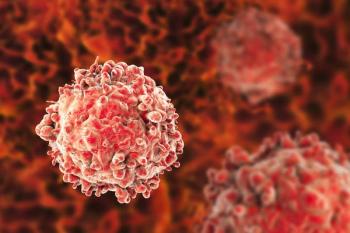
Oncology NEWS International
- Oncology NEWS International Vol 19 No 8
- Volume 19
- Issue 8
Ohio cancer center breaks ground on $1 billion addition
The Ohio State University Comprehensive Cancer Center–Authur G. James Cancer Hospital and Richard J. Solove Research Institution (OSUCCC-James) has begun construction on a 276-bed cancer facility.
The Ohio State University Comprehensive Cancer Center-Authur G. James Cancer Hospital and Richard J. Solove Research Institution (OSUCCC-James) has begun construction on a 276-bed cancer facility.
Entitled ProjectONE, the Columbus-based facility will allow the center to keep up with a projected 21% growth in admission during the next decade, according to cancer center administrators. The new hospital will serve as a research center,with 10,000 full-time jobs generated. Visit
Based on community feedback, OSU Medical Center CEO Steven Gabbe, MD, announced revisions to the original ProjectONE design in June 2010.
"As with building a house, the best plans often need refining as planning and construction progress," Dr. Gabbe said. "The new model calls for four neighborhoods, each with its own tower. The neighborhoods include three areas with 12-bed patient units and a fourth for education and clinical research. Rooftop gardens accessible to patients and their families have been added as well."
OSUCC-James is slated to open a 103,000-square foot Women's Breast Center in January 2011.
In addition, the James Cancer Hospital will add several dozen new beds to accommodate new surgical, breast cancer, leukemia, and lymphoma patients.
Articles in this issue
over 15 years ago
Who's Newsover 15 years ago
Sonography better to monitor small testicular lesionsover 15 years ago
FDA Panel Says No More Avastin in Breast Cancerover 15 years ago
Cell-signaling pathway may be new Rx target ER+ breast cancerover 15 years ago
Imaging experts debate link between CT scans, cancer riskNewsletter
Stay up to date on recent advances in the multidisciplinary approach to cancer.
































































































